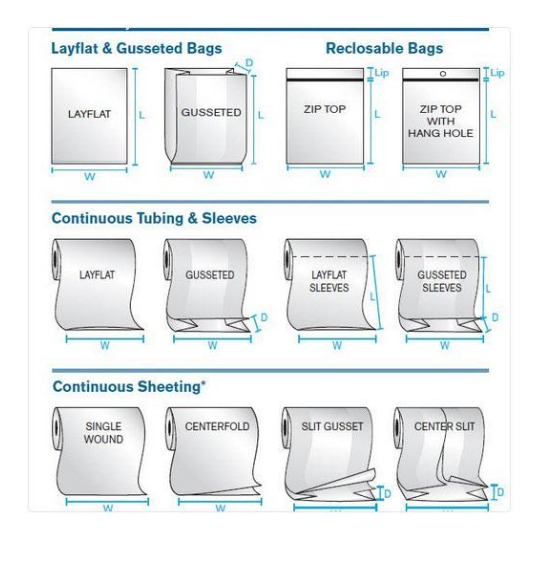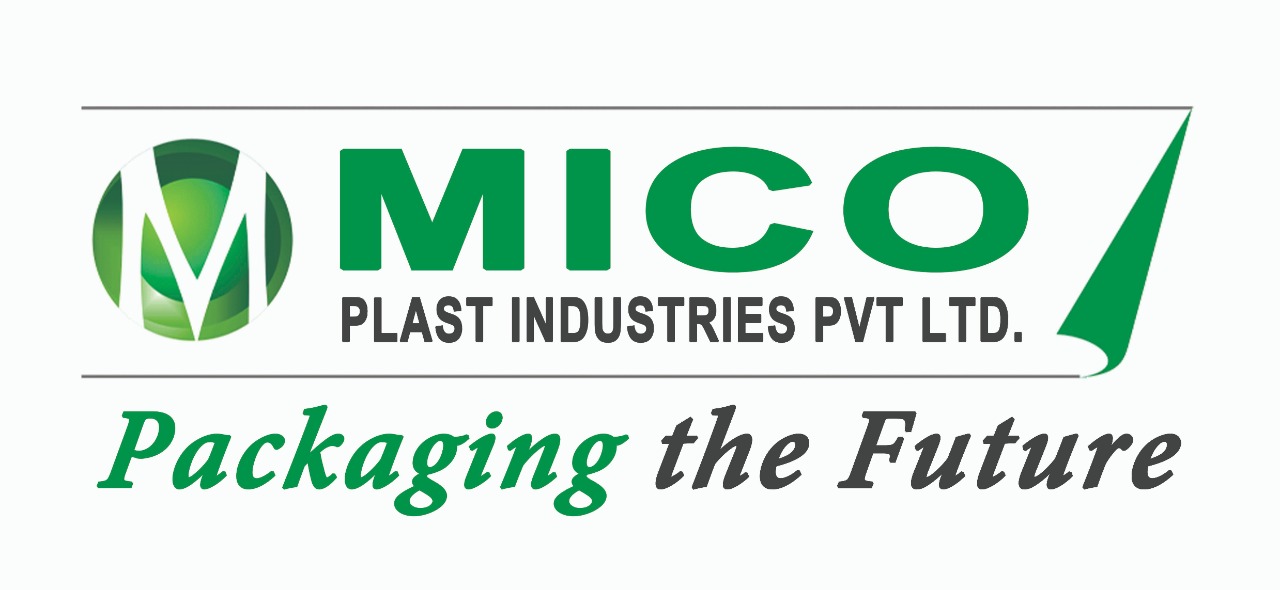- Home
- About Us
- Industries
- Products
- Flexible Packaging
- Multilayer Barrier Films
- Bopp Wrap Around Labels
- Ldpe Shrink Film
- Ffs Rolls/Heavy Duty Bags
- Bulk Packaging Laminates
- Poly Bags (flat/gusset)
- Poly Rolls (Flat/gusset)
- Bopp Tapes
- Anti Static Bags
- Compostable Bag
- VCI bag
- Courier And Tamper Proof Security Bags
- LDPE Liner
- Container Liners
- Pallet 3D PE Bags
- POF Rolls/Bags
- PP & PET Box Strapping Lines
- Pre Opened Bags
- Stretch film
- Green House Film
- Silage Film
- Mulch Film
- Sustainability
- Digital Printing
- Contact Us
- Home
- About Us
- Industries
- Products
- Flexible Packaging
- Multilayer Barrier Films
- Bopp Wrap Around Labels
- Ldpe Shrink Film
- Ffs Rolls/Heavy Duty Bags
- Bulk Packaging Laminates
- Poly Bags (flat/gusset)
- Poly Rolls (Flat/gusset)
- Bopp Tapes
- Anti Static Bags
- Compostable Bag
- VCI bag
- Courier And Tamper Proof Security Bags
- LDPE Liner
- Container Liners
- Pallet 3D PE Bags
- POF Rolls/Bags
- PP & PET Box Strapping Lines
- Pre Opened Bags
- Stretch film
- Green House Film
- Silage Film
- Mulch Film
- Sustainability
- Digital Printing
- Contact Us
Poly Bags (flat/gusset)
Poly bags, a ubiquitous part of our daily lives, come in various forms to suit diverse needs. This guide explores the world of poly bags, focusing on flat, gusset, material types (LDPE, PP, and HM), their benefits, and applications.
Poly Bag Types
- Flat Bags: These are simple, rectangular bags with heat-sealed sides and a bottom seal. They’re ideal for lightweight items like clothing, documents, or bakery goods.

- Gusset Bags: Unlike flat bags, gusset bags have an expandable bottom fold that creates more space for bulky items. They’re perfect for packaging pillows, blankets, or food items.

Material Breakdown
- LDPE (Low-Density Polyethylene)
- PP (Polypropylene)
- HM (High-Molecular-Weight Polyethylene):
- BOPP
- CPP
Benefits of Poly Bags
- Versatility: Poly bags come in various sizes, thicknesses, and materials to cater to a wide range of applications.
- Cost-Effective: They offer a reliable and affordable packaging solution compared to other options like cardboard boxes.
- Durability: Poly bags, especially those made from HM and PP, can withstand significant weight and protect contents from punctures and tears.
- Transparency: LDPE and some PP bags offer clarity, allowing for product visibility without opening the package.
- Moisture Resistance: Poly bags, particularly LDPE and HM, create a barrier against moisture, protecting contents from water damage.
Applications of Poly Bags
- Retail Packaging: From clothing stores to grocery shops, poly bags are a staple for packaging a variety of products.
- Food Packaging: LDPE and PP bags are commonly used for bread, bakery items, and fresh produce due to their moisture resistance.
- Industrial Packaging: HM and PP bags offer sturdiness for packaging hardware, tools, and other industrial parts.
- Parts and Component Packaging: Poly bags protect delicate components and parts from dust, moisture, and scratches.
- Shipping and Mailing: Poly bags are lightweight and water-resistant, making them suitable for e-commerce and mailing applications.
Patterns of Polybags for better understanding

SPEC OF POLY BAGS

